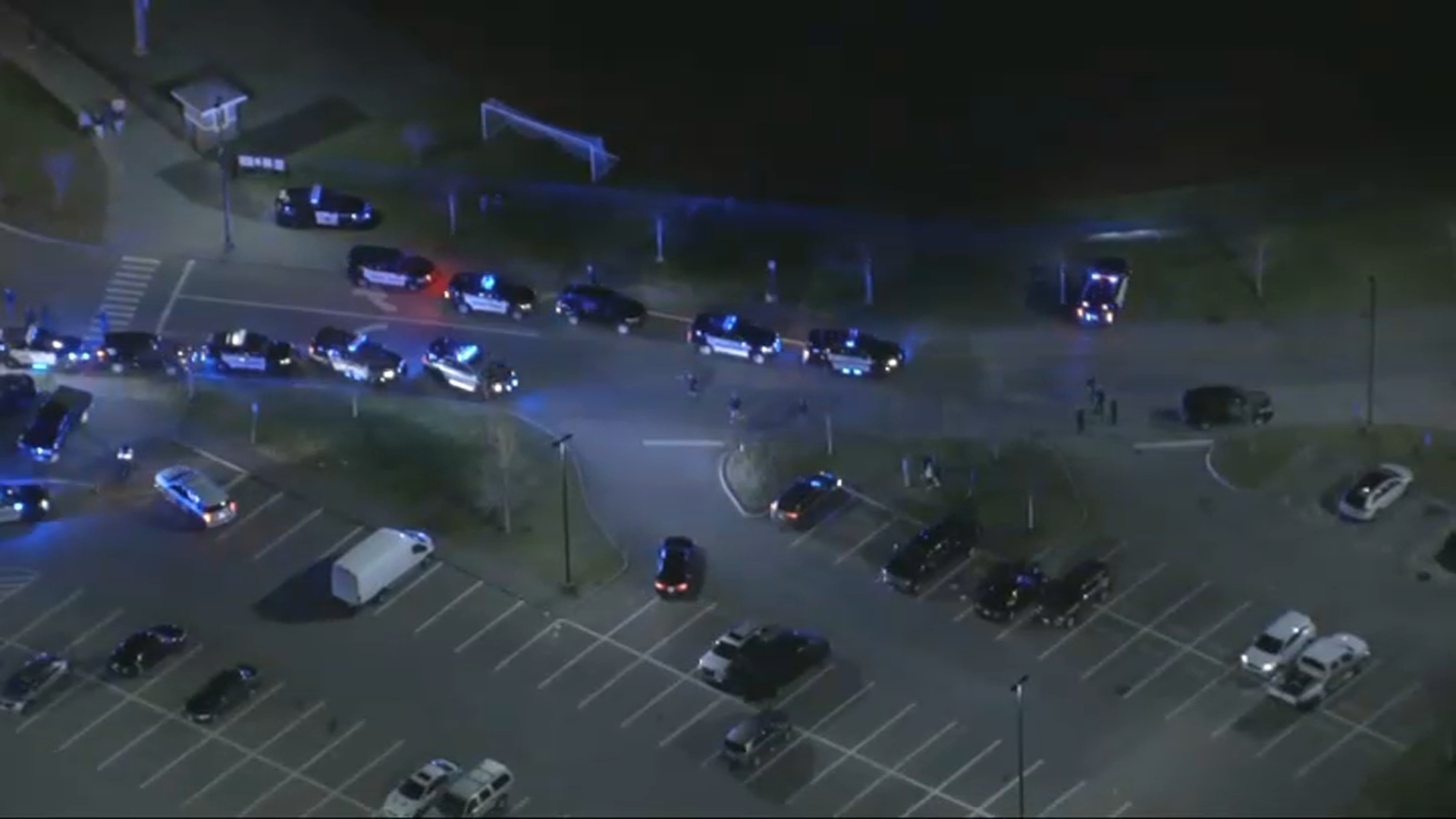Every crackle of the radio brings the crew to attention.
Necn was on board the R/V Shearwater as a team from the Center for Coastal Studies in Provincetown searched for an annual visitor to Massachusetts' waters - the endangered right whale.
"Year by year, we have sometimes the highest concentration of right whales," said Charles Mayo.
Experts say just 500 or so North Atlantic right whales exist in nature, making the winter and spring stay in Bay State waters notable.
And after two hours of scanning the horizon and watching reports from a spotter plane overhead, they got a hit.
A cluster of right whales was spotted just off the coast of Plymouth.
Crew members made frantic notes and snapped pictures, matching patterns to identify the whales.
Massachusetts
The latest news from around the state
The whales are hard to spot, highlighting a major threat they face - boat strikes.
By law, boats must stay 500 yards away from the protected right whales. The center's boat, however, can be closer because of special research permits.
"The work on the boat is specifically aimed at trying to understand the ecosystem," explained Mayo. "These whales are not here by chance, they're here because of food."
To sample the whales' food source, the crew throws down plankton tows - big nets that measure how many of the tiny organisms are in the water.
Researchers rate each sample on a scale up to 10, with 10 being like a buffet for the whales.
After sampling near Plymouth, calls came in of more whales near Sandwich and the boat steamed south.
This time, a whale approached with its huge mouth wide open, exciting the ship's four-legged crew member and showing how the whales just skim the surface and suck in plankton.
"Their mouth is inflated by the force of the water entering it, so they have this giant filtering mechanism," Mayo said.



